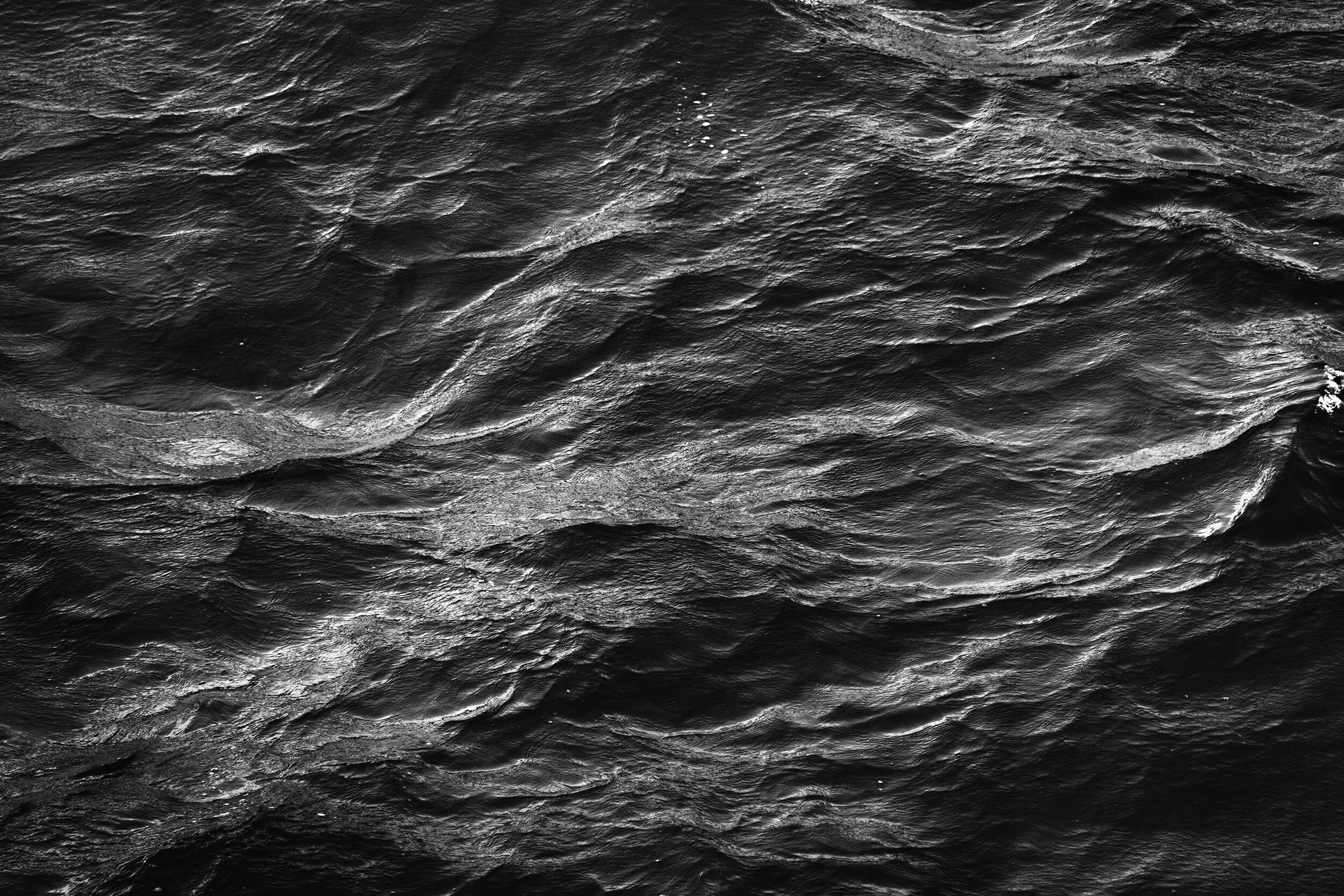Cairo Diary
Cairo Diary
(2011 – 2012)
Memories of a Revolution
by Massimo Nolletti on 14th February 2014
A dense mist enveloped Tahrir Square, many protesters had slept in the street the night before 18th November 2011, the day when thousands of Egyptians gathered in the streets to demonstrate against the military regime that took power after Mubarak. So began my experience in Egypt during the revolution. The year 2011 was a busy year for me, I travelled a lot and I can not explain exactly what brought me to Egypt, but I certainly will not forget those two months living in Cairo.
Initially I intended to take some footage purely to record my experience. As a photographer I had only ever taken pictures, this was my first time experimenting with film making. The more I became involved in the revolution, the more my ideas took shape and I realized I could use my experience to describe first hand the street life in Cairo during the riots. The Egyptian revolution was born on the Internet, Wael Ghonim was one of the promoters of the revolt over the network, the Time placed him among the 100 most influential people of 2011. One of the triggers of the revolution was the death of Khaled Said, brutally killed in Alexandria by two policemen, his death shocked the hearts of the people. On the 25th of January 2011 the Egyptians gathered in the street to protest against the regime of Hosni Mubarak.
I could watch the sunset behind the buildings of downtown from my apartment in Zamalek, the waters of the Nile surrounding the neighborhood not far from Tahrir Square. Many people had occupied Tahrir square during the clashes with the police and the army, military had besieged the square and protesters tried to escape through the side streets or take refuge in the mosque Omar Makram.
I was able to overcome the mosque and to get away from the square. I found myself in the traffic of Cairo, as the military chased us a boy fell to the ground bleeding, I saw some people who dragged him to the pavement, I was very close. I took a series of photographs, his eyes staring blankly, he was dying and nobody could help. A group of people gathered around the boy, I walked away. I was nervous, tired, I could not believe all this violence.
I had never seen anyone die, to capture death in a shot left me an indelible memory. Looking at that photograph made me realize how fragile life can be. The Egyptian military regime has suppressed the revolution in blood. In the following days the square was still packed, I was sitting on the floor with some Egyptian guys in front of the Mogamma, the building of the state administration in Cairo, a mountain of concrete overlooking Tahrir Square. We spoke of the revolution, present and future and of how the Egyptians have been deceived over the years by corrupt politics. We spoke of freedom, “Hurriya”. Freedom is one of the first words I learned in Arabic.
Some guys showed me the rubber bullets that police fired on protesters, there were several manufacturers including Italians, many people have lost their eyes because of these bullets. Ahmed Harara has become a symbol of the Egyptian revolution just because he lost both eyes during the protests. Some doctors were organized to treat people in the street, they did everything possible with few supplies. Protesters often fainted in the throes of crises caused by tear gas, breathing in CR gas 10 times more powerful than the most common CS gas.
There was a steady stream of ambulances between the chaos that transported the seriously injured to hospital. In addition to the protests in Tahrir Square there was also business as usual. In some cases the situation was paradoxical, there were street vendors selling tea, cigarettes or even pictures of Osama Bin Laden and Saddam Hussein, while a few meters away from the square in Mohamed Mahmoud street protesters clashed with police who protected the Ministry of Interior. The fighting lasted for several days, a barricade was erected to close off access to the Ministry and life in Tahrir Square slowly returned to normal.
In December there was the second phase of parliamentary elections and the party of the Muslim Brotherhood confirmed the success of the first round. A few months later their candidate Mohammed Morsi became the new Egyptian President. New violence broke out between protesters and soldiers in Tahrir, the situation degenerated when the Science Academy, an ancient Napoleonic building, was set on fire and rare old books burned. In the days following the military removed people who camped in the square, the images of the girl attacked and stripped by a group of soldiers spread around the world.
Thousands of Egyptian women expressed their dissent on the streets of Cairo by showing images of the girl beaten and dragged to the ground. Women’s rights are often violated in Egypt, the problem of sexual harassment is a fairly common phenomenon on the streets of Cairo. Two years later Egypt has a new head of state but nothing has really changed, the dreams of democracy seem to be far away from Tahrir Square.
I left Cairo in January 2012, but this wasn’t the end of my connection with the Egyptian revolution. After a few months I started to work on the footage and the final edit was entered in to the final of “Generazione Reporter” an emerging journalism award created by Servizio Pubblico an Italian political TV programme. To live part of the Arab Spring has certainly left its mark on me and strengthened me as a person as well as a photographer.
© 2023 Massimo Nolletti All Rights Reserved






